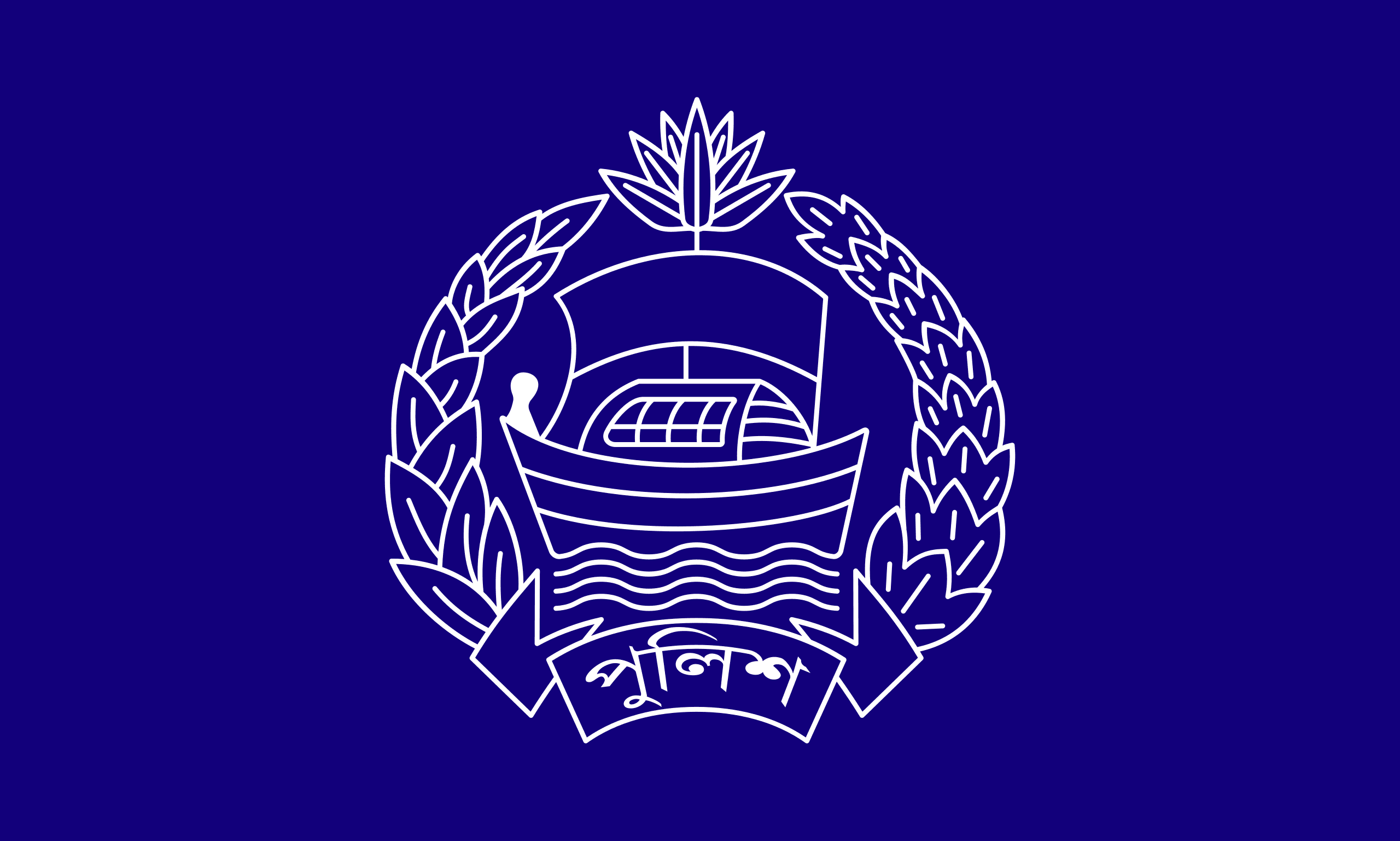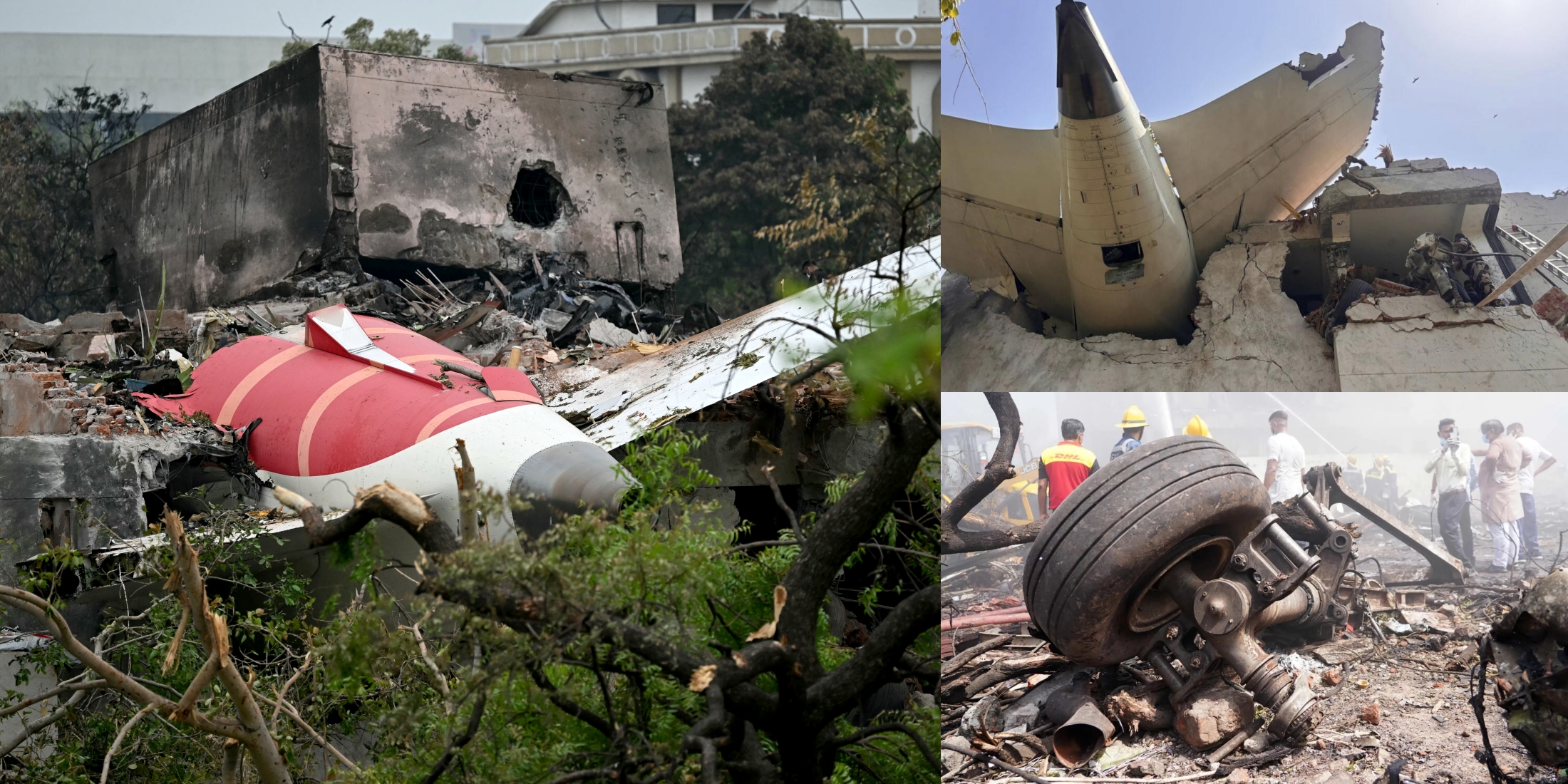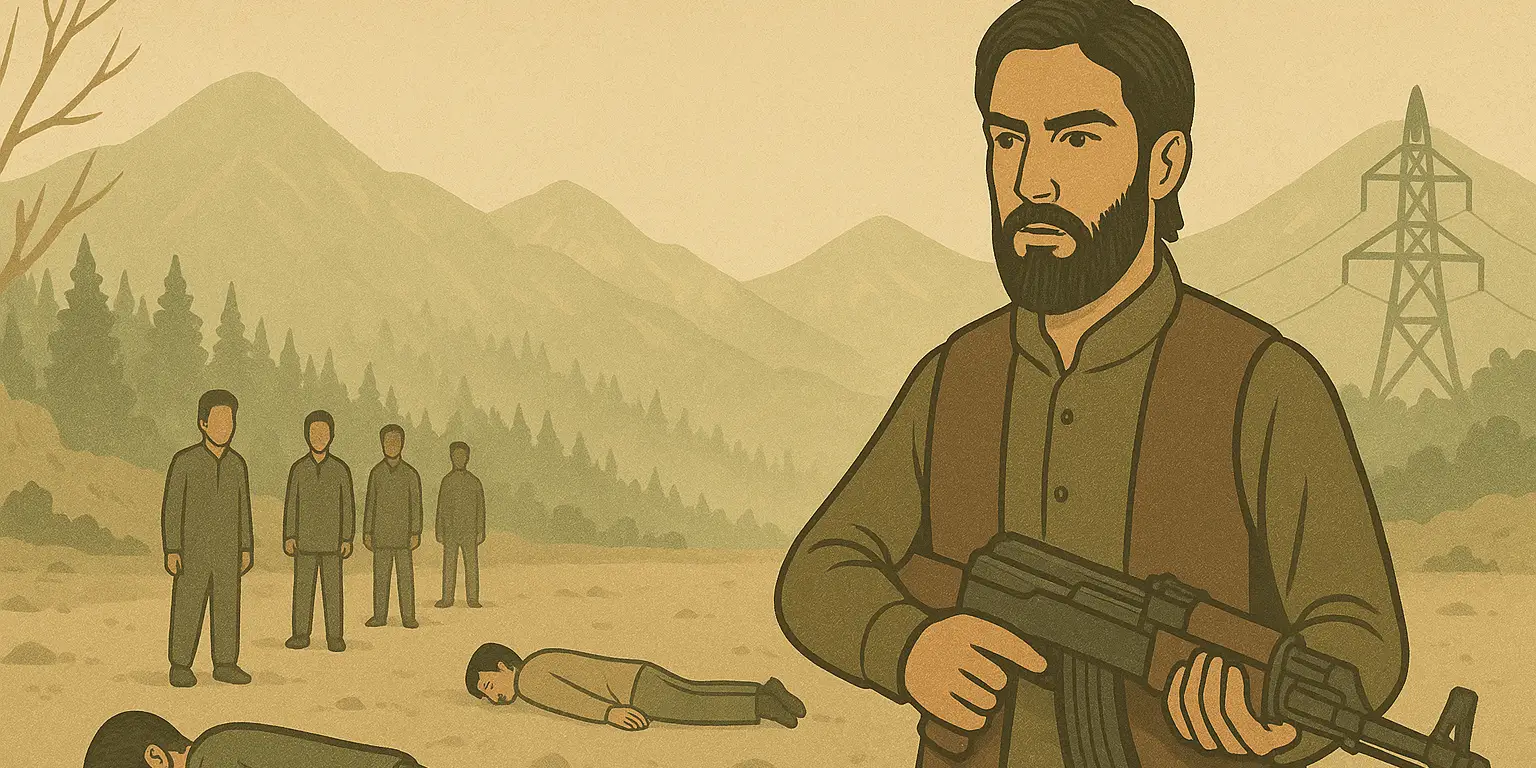On December 5, the Bangladesh Police published crime data for the first time in almost six years, a major step towards transparency. Though it’s a positive move, it also reveals critical social challenges.
Baharul Alam, the newly appointed Inspector General of Police (IGP) briefed reporters on the monthly and annual crime statistics from January 2019 to August 2024. When asked why the Bangladesh Police stopped publishing crime statistics, he told the press that the public has the right to see this information. He said, “I think crime statistics is public data, but the special branch’s data is not.” According to sources, proposals from high and mid-ranking officials during the tenure of the former IGP Javed Patwary led to the decision to cease publishing crime figures.
As a step towards transparency and accountability, the release of crime data is expected to bring positive administrative changes. However, this positive administrative change we’re expecting does not necessarily point toward a positive social change. After six years, do women and child repression cases change?
The recently published data reveals a distressing reality. For the last six years, we have witnessed that the oppression against women and children increased at an alarming rate. As per the report, 18,941 cases were filed with police stations in 2023 under the Women and Children Repression Act alone. Similarly, according to figures published by legal aid group Ain o Salish Kendra (ASK), in the first ten months of 2024, 482 children have been killed in Bangladesh, in comparison to 421 during the same period in 2023. From January to October 2024, 580 children were subjected to various forms of sexual exploitation and abuse. Among the repressed children, at least 217 were victims of rape, with 15 murdered after the assault, while 61 children were victims of attempted rape, and 34 faced sexual harassment. These deaths and repression have been caused by a variety of reasons, ranging from killing after rape, killing after abduction, and domestic killing.
Police HQ data shows that there have been fewer cases filed in January, March, and May through July of 2024, compared to the same months in 2023. The numbers increased in February and significantly in April of 2024. Even though the number of cases filed is somewhat lower in 2024 than in 2023, the decrease is not statistically significant. In simpler terms, this decrease in cases filed does not show us any real difference between 2023 and 2024, in the case of women and child repression.
Still, August and September were tough times for the police and the people, so the numbers in these months are irrelevant in an analysis. After that, we saw an increase in women and child repression cases in November 2024 totaling 1,452 cases. From January to November 2024, or in any month or year for that matter, the total cases filed under women and child repression is way higher than under any other charge. To put this into perspective, the number of women and child repression cases is almost 206.5% higher than the second most heavily committed crime, theft. We haven’t found any other crime that has such alarmingly high cases.
From the expert and activist point of view, ineffective legal frameworks and social stigma discourage victims from coming forward and raising their voices. The lack of concrete initiatives for women and children is another reason for violence against them. M Kabir, country director of Terre des Hommes, emphasized the need for systematic action by saying, “Ensuring children’s rights and safety is crucial for building a just and equitable society.” While ensuring an easy-to-reach support system, the authorities need to strengthen existing laws, such as the Pornography Control Act 2012, the Children Act 2013, the Oppression of Women and Children Act 1995, the Violence Against Women and Children Act 2000, and the Domestic Violence (Prevention and Protection) Act 2010.
The time to act decisively is now before further harm is done. But, to what extent do the authorities actually help the victims? In most cases, state authority fails to respond to the call for justice. After all, if the offenders don’t get convicted and punished, repression against women and children will not be stopped.










